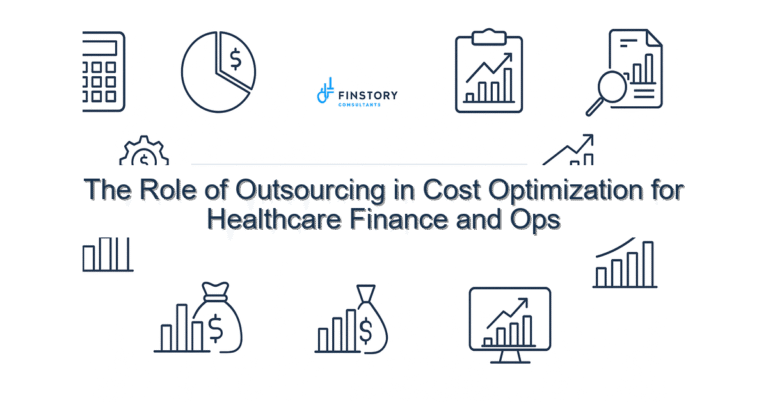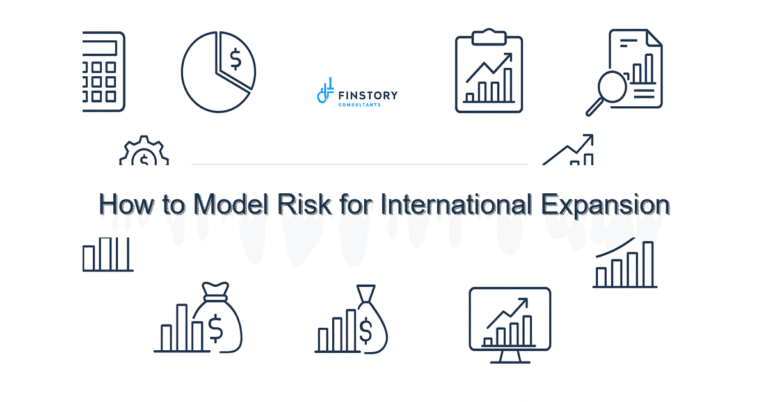Tracking Financial Performance in Subscription-Based Businesses
If you run a subscription business—whether it’s software, streaming services, or even a monthly coffee club—there’s one truth you can’t escape:
Recurring revenue can be a dream… or a silent killer if you’re not tracking the right numbers.
Unlike traditional businesses, subscription models spread revenue over months or years. That’s great for predictability—but it also means cash flow and profits can sneak up and surprise you.
Let’s dive into the key metrics you should track, why they matter, and how they help you keep your subscription business healthy and growing.
Why Tracking is Different for Subscription Models
In a one-time sale business, the focus is simple: sell a product, collect payment, move on.
But subscription businesses operate differently:
✅ Customers pay repeatedly over time
✅ Revenue recognition is spread out
✅ Customer churn can quietly erode growth
✅ Lifetime value becomes more important than single transactions
That’s why it’s critical to look beyond just sales dollars each month.
Key Metrics You Can’t Ignore
Here are the metrics every subscription-based business should track:
1. Monthly Recurring Revenue (MRR)
This is your bread and butter. It’s the predictable revenue you expect every month from active subscriptions.
MRR = Number of Active Customers × Average Monthly Subscription Price
Example: A SaaS business with 500 customers paying $50/month has:
500 × $50 = $25,000 MRR
Tracking MRR helps you see if you’re growing steadily—or stuck in place.
2. Churn Rate
Churn is the percentage of customers who cancel in a given period. Even small churn adds up fast.
Churn Rate = (Customers Lost ÷ Total Customers at Start of Period) × 100
If your churn creeps from 2% to 5%, you might be losing growth without realizing it.
Real-World Example:
A fitness app grew rapidly to 10,000 users. But churn hit 8% monthly—meaning they lost 800 customers each month. By improving onboarding and offering loyalty discounts, they reduced churn to 3%—saving thousands in lost revenue.
3. Customer Lifetime Value (CLV)
CLV tells you how much revenue you’ll earn from a customer over their time with you.
CLV = Average Monthly Revenue per Customer × Average Customer Lifespan (months)
If your CLV is $600 and your Customer Acquisition Cost (CAC) is $150, you’re in good shape. But if CAC is $500, you’ll need to rethink your marketing budget.
4. Net Revenue Retention (NRR)
NRR shows how much your existing customer base grows or shrinks after upgrades, downgrades, and churn. A rate above 100% means you’re growing even before acquiring new customers.
5. Cash Flow
In subscription businesses, cash might arrive upfront (annual plans) or drip in monthly. That impacts hiring, marketing spend, and expansion plans.
Hypothetical Scenario:
An online learning platform switched from monthly to annual billing. Cash flow shot up, giving them capital to expand new courses faster. But they had to carefully manage refund risks and deferred revenue accounting.
Actionable Tips for Subscription Businesses
✅ Use Dashboards — Keep your key metrics visible every day, not buried in spreadsheets.
✅ Segment Your Customers — Understand churn rates by plan type, geography, or customer size.
✅ Track Cohorts — See how groups of customers behave over time. For example, do customers acquired in January stay longer than those in July?
✅ Experiment Carefully — Test pricing changes on small groups first to avoid widespread churn.
How a Virtual CFO Helps
A Virtual CFO does more than track numbers—they help you interpret them and act on insights:
✅ Calculate and monitor your true churn and retention rates
✅ Model different pricing and billing scenarios
✅ Optimize cash flow planning for growth
✅ Help ensure compliance with revenue recognition rules (especially for SaaS)
Instead of flying blind, you’ll have clarity on how your subscription business is truly performing—and how to steer it toward sustainable growth.
Your Next Step
Which metric have you been ignoring in your subscription business?
Pick one from this list and start tracking it this month. It might reveal hidden opportunities—or silent threats you didn’t know were there.
And if it all feels overwhelming, think about partnering with a Virtual CFO. Because in subscription businesses, small changes in metrics can mean big changes in your future.






